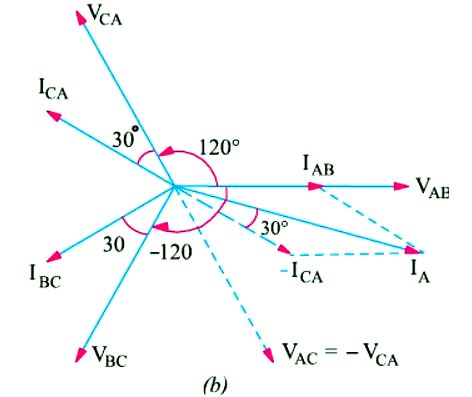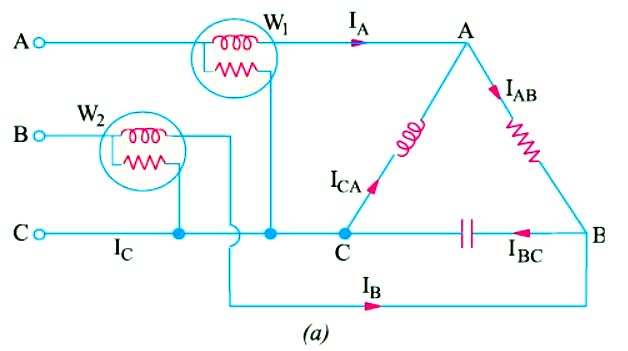Double Subscript Notation
Double Subscript Notation
In symmetrically-arranged networks, it is comparatively easier and actually more advantageous, to use single-subscript notation. But for unbalanced 3-phase circuits, it is essential to use double subscript notation, in order to avoid unnecessary confusion which is likely to result in serious errors.
Suppose, we are given two coils are whose induced e.m.fs. are 60° out of phase with each other [Figure (C)]. Next, suppose that it is required to connect these coils in additive series i.e. in such a way that their e.m.fs. add at an angle of 60°. From the information given, it is impossible to know whether to connect terminal ‘a’ to terminal ‘c’ or to terminal ‘d’. But if additionally it were given that e.m.f. from terminal ‘c’ to terminal ‘d’ is 60° out of phase with that from terminal ‘a’ to terminal ‘b’, then the way to connect the coils is definitely fixed, as shown in Figure (A) and (B).



AdBlock-2
The double-subscript notation is obviously very convenient in such cases. The order in which these subscripts are written indicates the direction along which the voltage acts (or current flows). The e.m.f. ‘a’ to ‘b’ may be written as Eab and that from ‘c’ to ‘d’ as Ecd ….. The e.m.f. between ‘a’ and ‘d’ is Ead
where Ead = Eab + Ead and is shown in Figure (A).
Read article – Units of Resistivity
Visit NCERTplanet.com for NCERT solutions and Textbook downloads




